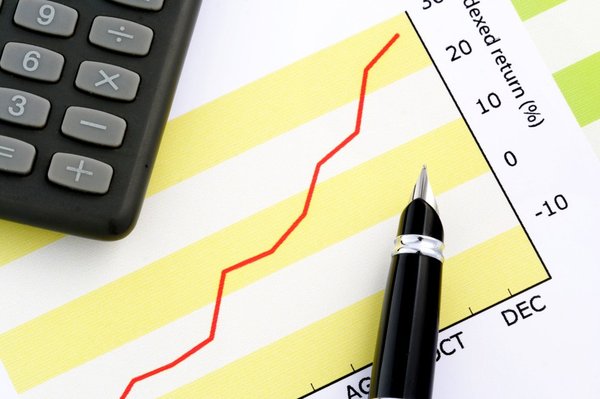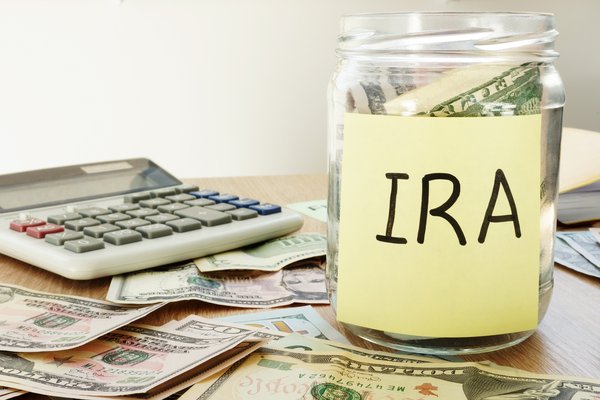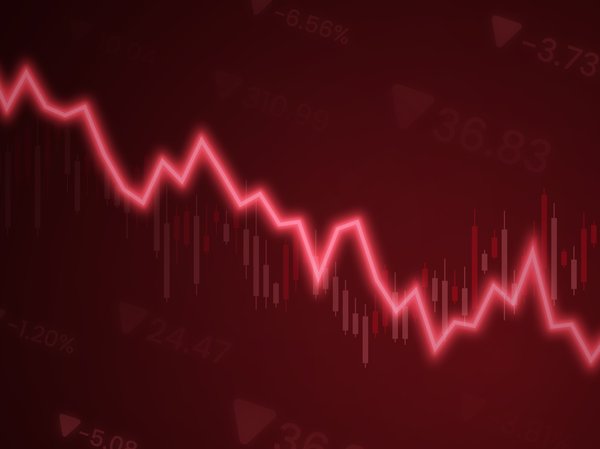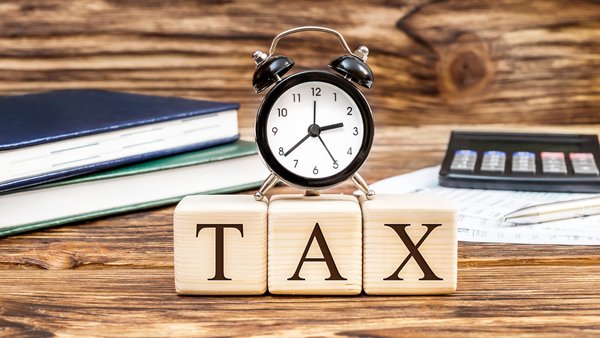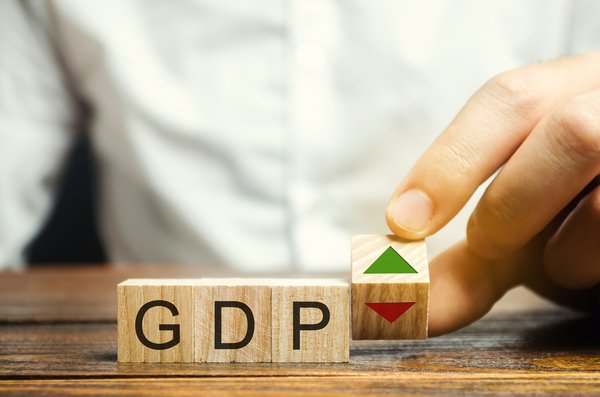In accrual accounting, determining exactly how a company generates or burns its cash is not as straightforward as you may expect. Because of the way companies must record their accounts payable and accounts receivable, measuring the efficiency of a company's cash flow requires a deeper understanding than simply cash in versus cash out.
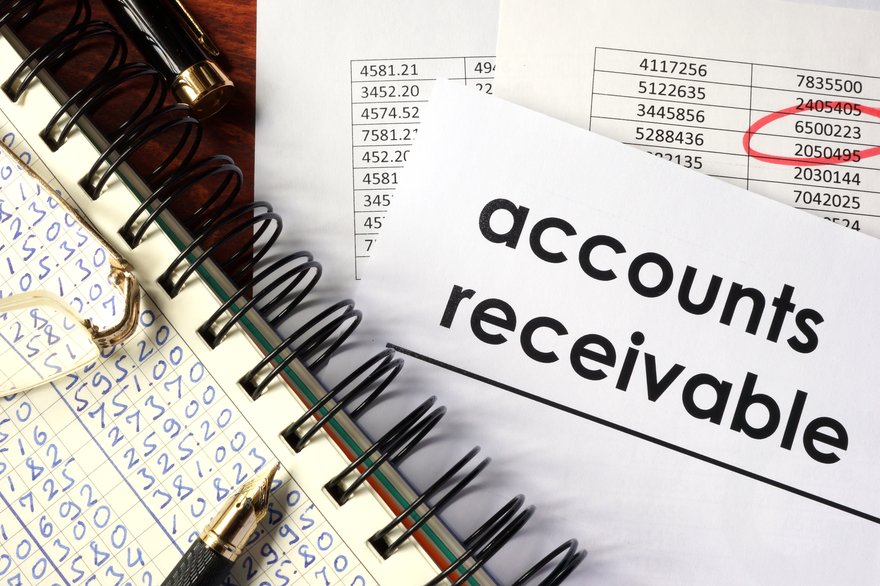
Let's take a minute to understand how these two accounts work together to affect cash flow, using a few examples and some simple math.
Payables
How accounts payable affects cash flow
Sometimes, when a company purchases supplies, it doesn't pay for them right away. Suppliers often allow the company 30, 60, 90, or even 120 days before they're required to pay up. For the purchasing company, these purchases are recorded on the balance sheet as a short-term liability called accounts payable.
Over time, how a company uses its accounts payable can greatly impact its cash flow. Accounts payable are considered a source of cash, meaning that by taking advantage of these arrangements with suppliers, a company can actually increase its cash flow and cash on hand.
At first, the concept can seem a bit abstract, so let's consider a quick hypothetical.
Let's say a company has accounts payable of $100,000 at year-end and cash on hand of $50,000. Over the following year, the company's suppliers allow it to double the time it waits before paying its bill from one month to two months.
This change doubles the company's accounts payable, assuming it takes full advantage of the arrangement. When the new arrangement takes effect, the purchasing company won't have to pay the bill that month because it will have an extra month available to wait. A simple way to think about this dynamic is to view the extra time as a "free month" when the purchaser won't have to make any payments to its suppliers.
Skipping the bill that month enables the company to keep that cash. So, at year-end the following year, the accounts payable will double to $200,000, and the cash on hand will increase by $100,000, equal to the amount it saved with the free month from its suppliers.
The math swings both ways, however. If the scenario were reversed and the suppliers cut the company's time to pay from 60 days to 30, the company's cash flow would take a big hit. Instead of getting a free month, it would effectively have to pay double one month to meet the new payment requirement.
Receivables
How accounts receivable impacts cash flow
The suppliers in our scenario have their own cash flow considerations in setting how long they're willing to wait to receive payment. For the supplier, allowing a customer to wait a little while to pay is called an accounts receivable.
These short-term credits are recorded as current assets on the balance sheet and have an inverse impact on cash flow as accounts payable. Accounts receivable, therefore, is a use of cash.
You can think about it as the example above reversed. Let's say the supplier starts the first year with $50,000 in cash and accounts receivable of $100,000 (remember, this is money to be collected, not paid). If the supplier allows its customer to pay in 60 days instead of 30, the customer will get a free month, while the supplier must wait an extra 30 days to collect that cash.
That means that the supplier's cash flow would have only 11 monthly payments in the subsequent year instead of 12. That extra month would reduce the supplier's cash flow by $100,000 at the end of the year. In this case, that would put its cash balance in the red. Not good.
Just as in the first example, the inverse is also true. If the supplier reduced its accounts receivable, that would cause its cash flow to increase. It would, in essence, collect 13 months of payments from its customer as the customer must catch up to the new repayment terms.
Calculation
Doing the calculation
Calculating exactly how much cash flow changes because of accounts payable and accounts receivable is fairly straightforward. The first step is subtracting the current period's accounts payable dollar amount from the last period's. This could be annually, quarterly, or any other period.
If the difference in accounts payable is a positive number, that means accounts payable increased by that dollar amount over the given period. Increasing accounts payable is a source of cash, so cash flow increased by that exact amount. A negative number means cash flow decreased by that amount.
Next, do the same thing for accounts receivable. For accounts receivable, a positive number represents a use of cash, so cash flow declined by that amount. A negative change in accounts receivable has the inverse effect, increasing cash flow by that amount.
Related investing topics
Full cycle
The cash conversion cycle
We have discussed a component of a larger process called the cash conversion cycle. Like accounts receivable and accounts payable, numerous other accounts on the financial statements affect cash flow. Inventory, capital spending, profits and losses, investments, borrowings, and myriad other factors all play an important role.
For public companies, there's a much easier way to find the end result than doing all the math yourself. Save yourself time and effort and just review the company's statement of cash flows included with its financial statements. The statement of cash flows includes the cash impact of changes to accounts payable and accounts receivable, as well as every other material impact on cash from both the income statement and balance sheet.
As a diligent investor who follows company fundamentals, you also may be interested in finding the best broker for your investments. Visit our broker center to learn more.
This article is part of The Motley Fool's Knowledge Center, which was created based on the collected wisdom of a fantastic community of investors. We'd love to hear your questions, thoughts, and opinions on the Knowledge Center in general or this page in particular. Your input will help us help the world invest better! Email us at [email protected]. Thanks -- and Fool on!














